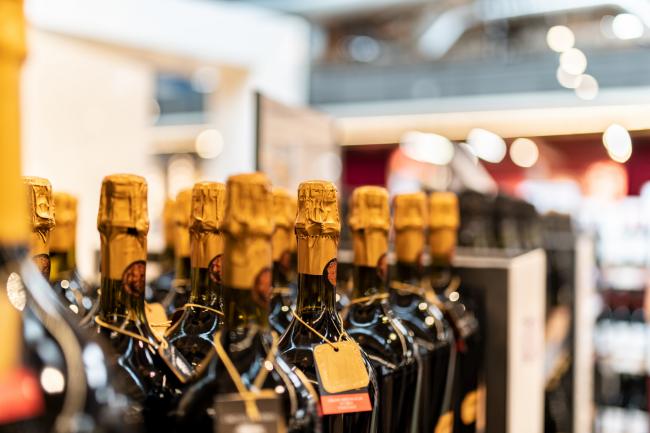Monitoring and benchmarking tuscan POD wines to manage market policies

The objective of the project is to face crucial puzzles about medium-term equilibrium in wine markets.
How wine farms and wine Consortia can face price volatility? The innovative solution comes from the experience of the Champagne wine supply-chain. In particular, the functioning of the interbranch organisation of Champagne wine is the model taken as the innovative one. The solution is to introduce organisational innovation inspired to the model, but adapted to the specific characteristics of the Tuscan cases by productive, economic and juridical points of views – to monitor steadily production and market variables.
The activities are divided into 2 blocks:
- data collection (WPs 2.1-2.3.4);
- use of data (WPs 3.1-3.5).
Companies will equip themselves with an IT service to collect and process their economic, production and commercial data.
The Consortiums will acquire IT services (deriving from business intelligence systems) for the collection and management of the amount of data selected in a homogeneous way between Consortia for comparisons and overall assessments.
New analysis and interpretation schemes will be adopted to define useful management policies and the definition of medium and long-term commercial strategies.
Monitoring and benchmarking Tuscan POD wines to manage market policies is the object of the project, which has been elaborated by the seven most important Consortia of Tuscan wines along with the scientific partner GAIA INNOVA, a laboratory in the PIN of the University of Florence.
How to face the price volatility is the problem they are sharing. That difficulty affects mainly the farmers’ ability to hold the value created instead of to let it goes downwards along the supply chain.
Even if they have tried to implement several tools in their availability over the time, the results resulted unable to ensure stable markets and remunerative prices.
The Champagne inter-branch organisation is the case taken as benchmark and the GO has spent the setting up time in questioning how the Champagne Inter-branch organisation has solved the problem as well how to adapt their solution to the Tuscan context.
To build a complete and clear information system about the whole supply chain resulted to be the key issue to overcome the problem. In fact, it makes Consortia able to elaborate the predictive pattern of the demand and consequently manage to supply just the “right” quantity to keep the market in equilibrium.
Consequently, the project aims to put in place the organizational innovations for building that informational system and understand how to use the huge information coming from that system.
| Titolo/Descrizione | Url | Tipologia |
|---|---|---|
|
Sito web del progetto
|
Sito web
|
|
|
Poster finale
|
Materiali utili
|
|
|
Brochure finale
|
Materiali utili
|
|
|
Poster iniziale
|
Materiali utili
|
|
|
Brochure iniziale
|
Materiali utili
|
|
|
Roll-Up
|
Materiali utili
|
|
|
Relazione tecnica finale
|
Materiali utili
|
|
|
Locandina evento finale
|
Materiali utili
|
